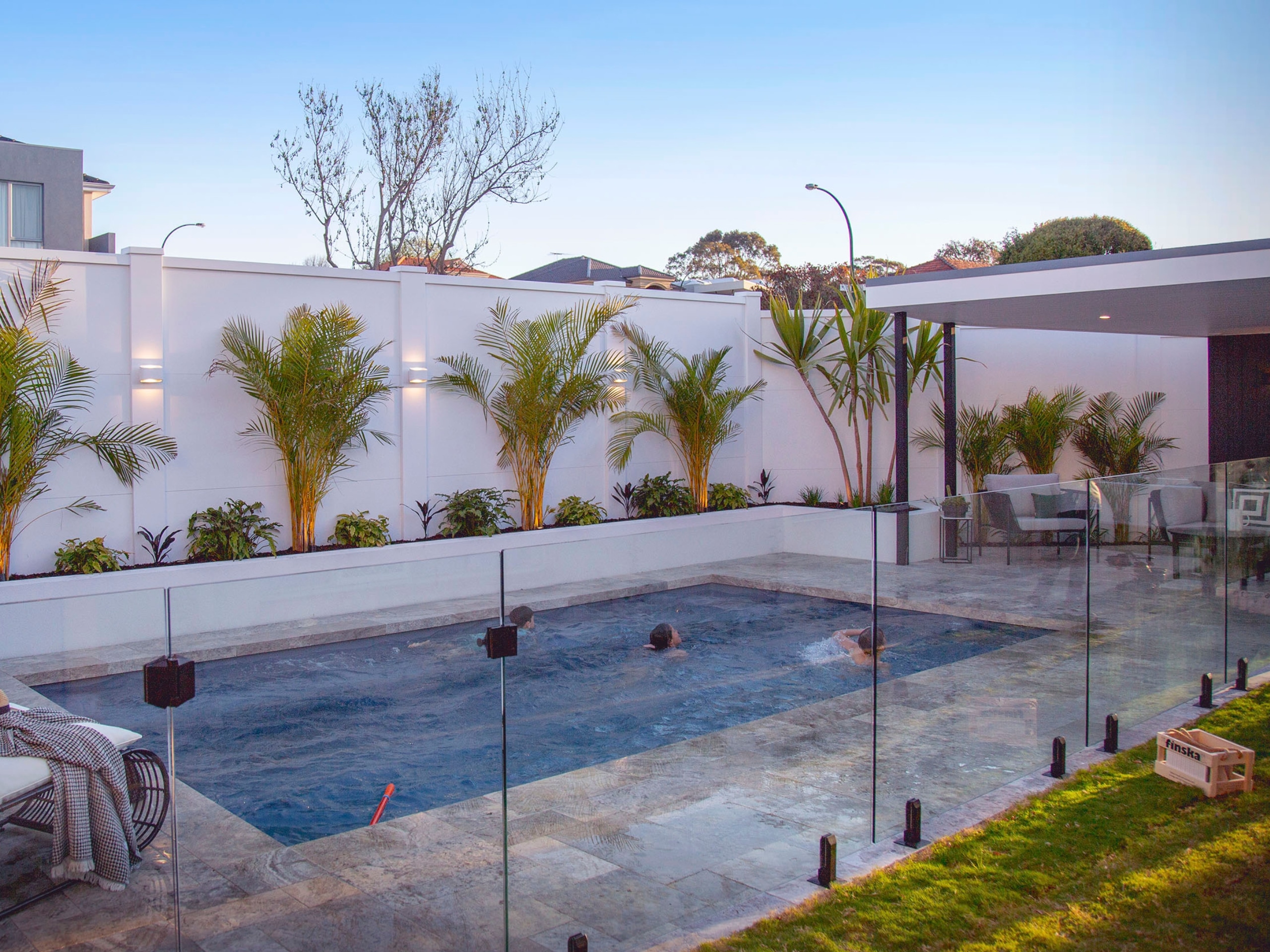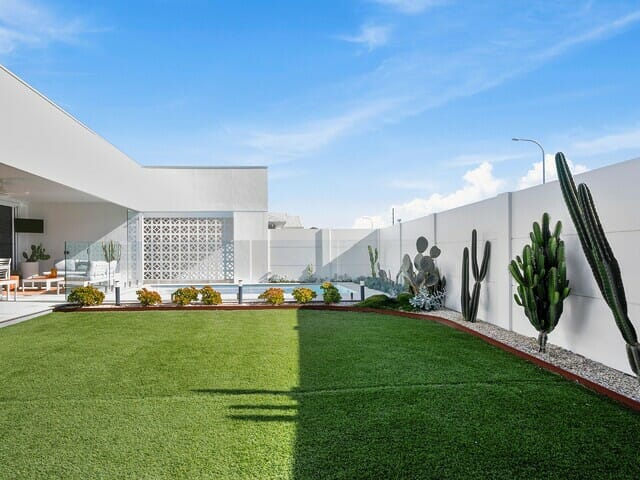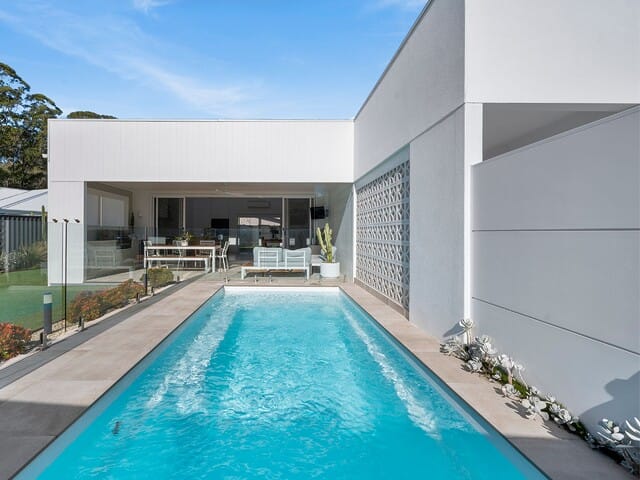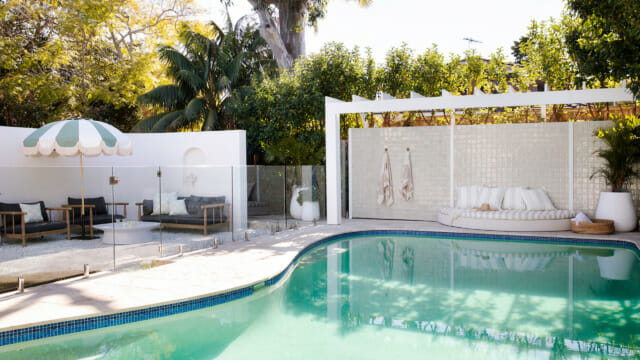Summer is not far away, and for kids and adults alike, that means one thing – SWIMMING! The holidays will be filled to the brim with splashy fun, so it’s time to make sure your pool is up to scratch, and brush on your pool safety knowledge.
In this post, we’ve covered the three easy steps to make sure your pool area is a safe haven for their summer fun:
- Pool safety compliance
- Supervision
- CPR
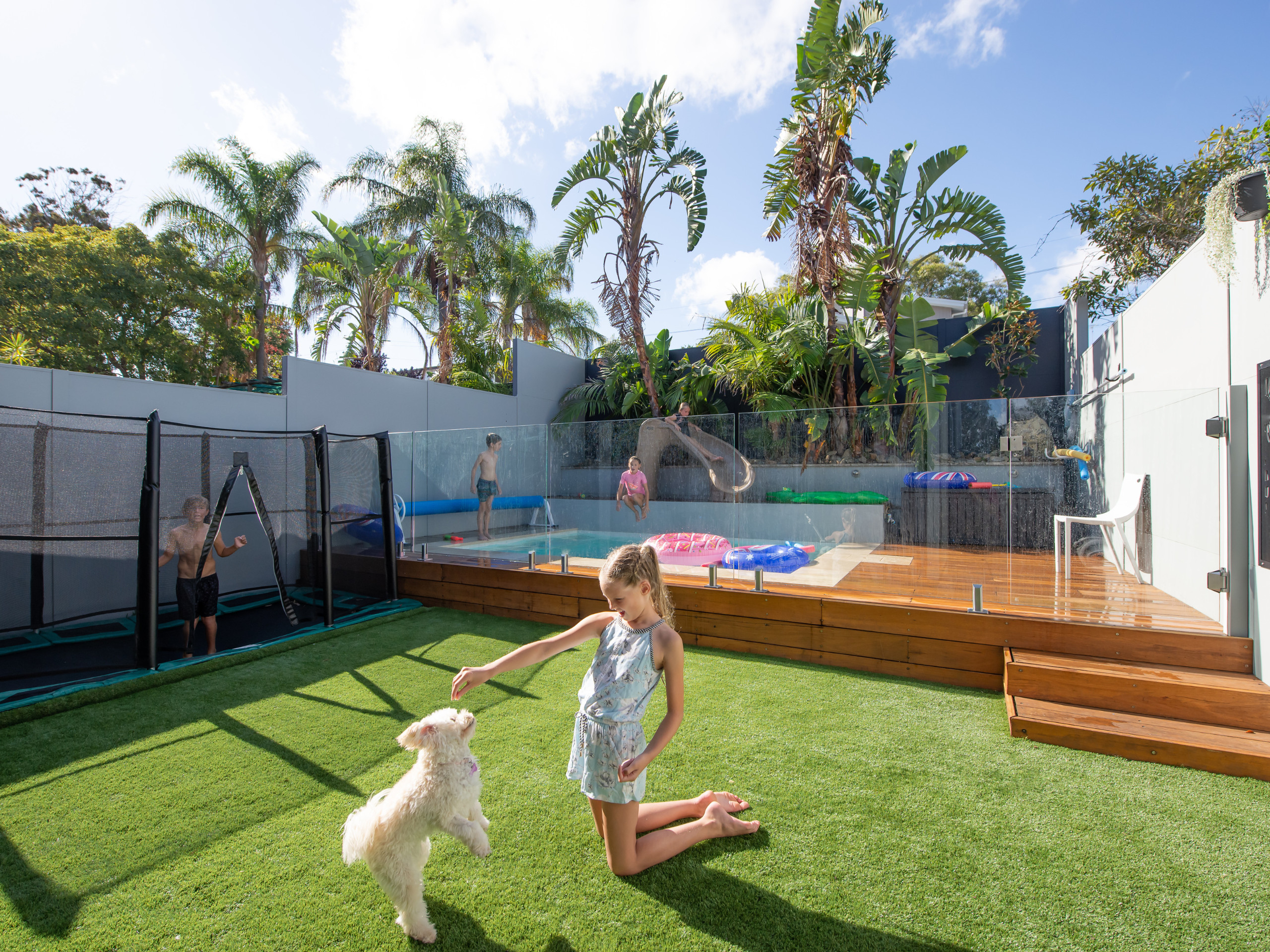

Pool compliance
Homeowners should consistently check pool areas to ensure compliance and safe conditions, especially during the countdown to summer.
Ensuring your pool is safe and compliant involves checking a number of factors, such as security fences, barriers, gates and non-climbable zones. Each state has its own regulations and ‘checklist’ to follow, so it’s important to know the rules for your exact location.
NSW
There are many factors to Pool safety requirements in NSW. Ensure you are compliant with all the relevant regulations, including fencing requirements!
ACT
The Backyard Lifeguard campaign was a pool safety initiative launched after an unfortunate drowning incident last year, involving a toddler and an unfenced pool.
To ensure you’re doing your part, read the Pool Safety Checklist to guarantee you’re creating a safe space for your children.
VIC
The Victorian Building Authority has created a swimming pools, spas and their safety barriers checklist to advise home-owners of their obligations, before, during and after construction.
SA
In South Australia, since 1 April 2014, new swimming and spa pools must be inspected by council within 2 months of the completion of the permanent, approved child-safety barriers.
You can check the full safety checklist here to ensure you’re compliant with all of your state’s regulations.
WA
The Rules for Pools and Spas document states that the strongest pool compliance breaches that contribute to accidental pool drownings includes:
– Absence of a barrier between the residence and swimming or spa pool
– Ineffective gates or doors
– Gates and barriers not being maintained
– Ineffective placement or design of barrier
– Tempting objects floating in the water
Have a read to make sure you’re compliant with all the WA swimming pool rules and regulations.
NT
If you own a residential property in the NT, you may need a pool fence or a pool safety barrier that meets certain safety standards, if:
– The property is less than 1.8 hectares – including houses, units, townhouses and caravans and mobile homes in a caravan park
– The property has a pool or spa including in ground, above ground, inflatable and portable pools and spas
For information about opting-in to pool barrier certification, read about requirements for pool safety barriers for properties 1.8 hectares or larger.
QLD
Homeowners in Queensland should follow these basic guidelines:
1. Register your pool — if you haven’t already, record your details online.
2. Take the online ‘Does your pool comply’ test or use the online pool compliance checklist.
3. Get a pool safety certificate from a licensed pool safety inspector — however, only required when properties are sold or leased.
Keep watch
The National Drowning Report of 2021, released by the Royal Life Saving Australia, states that:
- There was a total of 294 fatal drownings to June 2021
- 25 children aged 0-4 drowned in Australia. That’s a 9% increase on the 10-year average and a 108% increase on 2019/20.
- 14 children aged 5-14 drowned in Australia. That’s a 27% increase on the 10-year average
- 30 fatal drownings occurred in swimming pools, 8 were children aged 0-4
- 34% of drowning deaths occur in summer
Supervising children whilst they swim includes active supervision and being present within the swimming area – watching from a kitchen window or glancing up every now and then whilst focused on mowing doesn’t cut it.
Using floaties is a highly recommended precaution for younger swimmers, but still doesn’t provide fool proof protection against drowning – in the event of a malfunction with the floaties, an adult must be close by to respond.
30:2
It pays to be prepared.
CPR, or Cardio Pulmonary Resuscitation, is a life-saving procedure that ideally every person should know. It’s especially important for parents, as children natural curiosity and lesser understanding of danger doesn’t always mix well.
CPR is 30 compressions to 2 breaths, at a rate of around 100-120 compressions per minute – or, as an easy measure, stay in tune to the Bee Gees ‘Stayin’ Alive’. Compressions and rescue breaths vary for different ages. For instance:
- Infant: use two fingers for compressions and cover both nose and mouth during rescue breaths
- Child: use the heel of one hand and cover the mouth during rescue breaths
- Adult: use the heel of two hands and cover the mouth during rescue breaths
For those interested in proper first aid training, family first aid courses are an inexpensive and are specifically attuned to child-related emergencies, such as drowning, choking, allergies and poisoning. Your children’s childcare centre or school should have recommendations for local courses, or can easily be found online.
Keep safety signs around
Have a CPR and Emergency Response sign around the pool area and landline, as it is easy to feel panicked and forget basic responses when responding to an emergency. Having your phone in the pool area with you also ensures that if there is an incident, emergency services can be called quickly.
The Royal Life Saving Society has other great pool safety resources, including:
Once you feel confident that your pool area is safe and compliant, you can kick back and enjoy your summer! Nothing but cannonballs, flamingo pool floats and frosty-fresh beverages in the sun.
